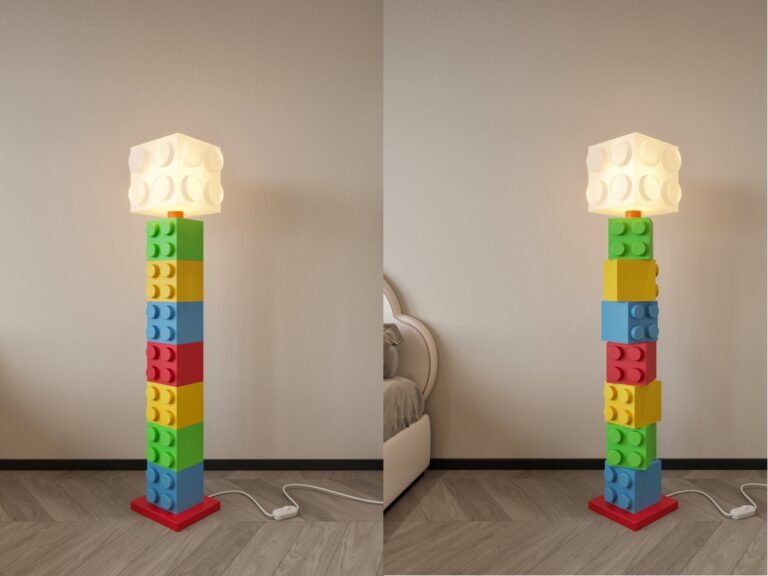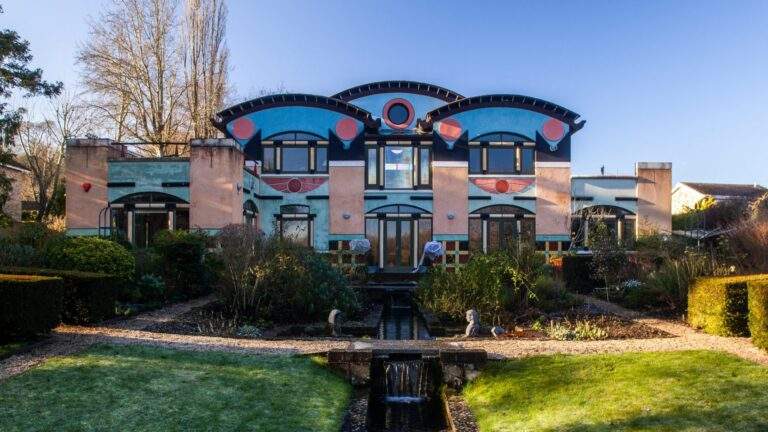10 advantages of natural light in buildings
One of the most crucial elements of architecture is natural lighting because of how it affects people’s welfare, saves energy, and enhances the environment. Natural light was the only source of illumination in structures up until the 1940s. However, after the invention of electrical lighting, all structures met everyone’s lighting needs in a matter of twenty years. Natural illumination is being incorporated back into buildings due to a recent emphasis on energy conservation, and the effects it has on humans are being carefully researched. Here are ten advantages of natural light in buildings.
1. Energy conservation
Proper use of natural lighting can cut the cost of energy usage by up to 40% as most of our design and architectural focus is on sustainability and energy saving. In addition to replacing or significantly lowering the need for artificial lighting, natural illumination can be used to regulate the room’s temperature and provide air conditioning. These days, AI is also employed to manage the room’s lighting, together with cutting-edge sensors.
2. Improving the standard of places
Natural illumination should be properly incorporated into the constructed areas to boost their value. Large openings allow for the natural movement of plants inside the building, making the areas appear larger. The quality of interior decorations can also be improved by controlling sunlight properly through apertures.
3. Stops the development of fungus
Without sufficient natural light, fungi, molds, and insects tend to grow and thrive in enclosed spaces. As a result, the space becomes uncomfortably dark and possibly even smells terrible.
4. Assists in improving overall health.
A lot of biological processes depend on natural lighting, including the production of vitamin D in our bodies, the treatment of rickets, the degradation of bilirubin, the breakdown of carbohydrates, protein, and fat, the development of white blood cells, an increase in the activity of the nervous system, and the control of blood pressure.
5. Enhances psychological health
Because melatonin is suppressed by natural lighting, we feel better, have more energy, have fewer stress-related sick days, don’t have SAD (Seasonal Affective Disorder), which is one of the main causes of sadness, and get better, and longer sleep.
6. Advantages of office jobs
The majority of office workers experience pressure from a variety of directions; occasionally, they even dislike performing boring tasks and may become fatigued after a while of working. Better health, lower absenteeism, higher productivity, lower costs for the office manager, fewer accidents, higher levels of mental performance, better sleep, and higher morale are all positively impacted by natural illumination in the workplace.
7. Advantages for pupils and instructors in educational institutions
In educational institutions, both professors and students exhibit certain behaviors that are influenced by the amount of natural light in the classrooms. According to research, there has been an improvement in student and instructor attendance, achievement rates, tiredness factors, student health, and general student development. The use of natural illumination in educational facilities has also been linked to student physical development, a positive mood throughout the day, and increased alertness and activity levels.
8. Advantages in the retail market
Retail marketplaces are the only setting where marketing and buyer-seller interaction are crucial. Allowing natural lighting inside the store has become increasingly popular recently. Because it improves the store’s ambiance, boosts sales, makes the shopping experience more pleasant, attracts consumers, and enhances color rendering. In addition to making the consumer feel more welcome, the natural lighting made the store appear cleaner, brighter, and more open.
9. Advantages for both patients and doctors
In hospitals, the patient’s mental health is the most crucial aspect. And allowing for natural light and air improves the patient’s condition and speeds up recovery. The mental and physical burden on patients, doctors, and nurses has decreased in hospitals with sufficient natural illumination. This has also enhanced the doctor-patient interaction and helped patients avoid postoperative depression or stress. Additionally, the patient experiences a sense of spirituality, openness, and escape from environments that resemble prisons.
10. Advantages in commercial settings
Industrial settings are typically related to a large extent to repetitive physical labor. living room The decrease in worker productivity caused by the adverse effect on their health led to an increase in product costs. The employees of windowless businesses experience negative behavioral effects as well. Including feelings of claustrophobia and discontent, absenteeism issues, and an increase in vandalism.
More on INJ Architects:
Recycling and Upcycling in Architecture: A Sustainable Choice






